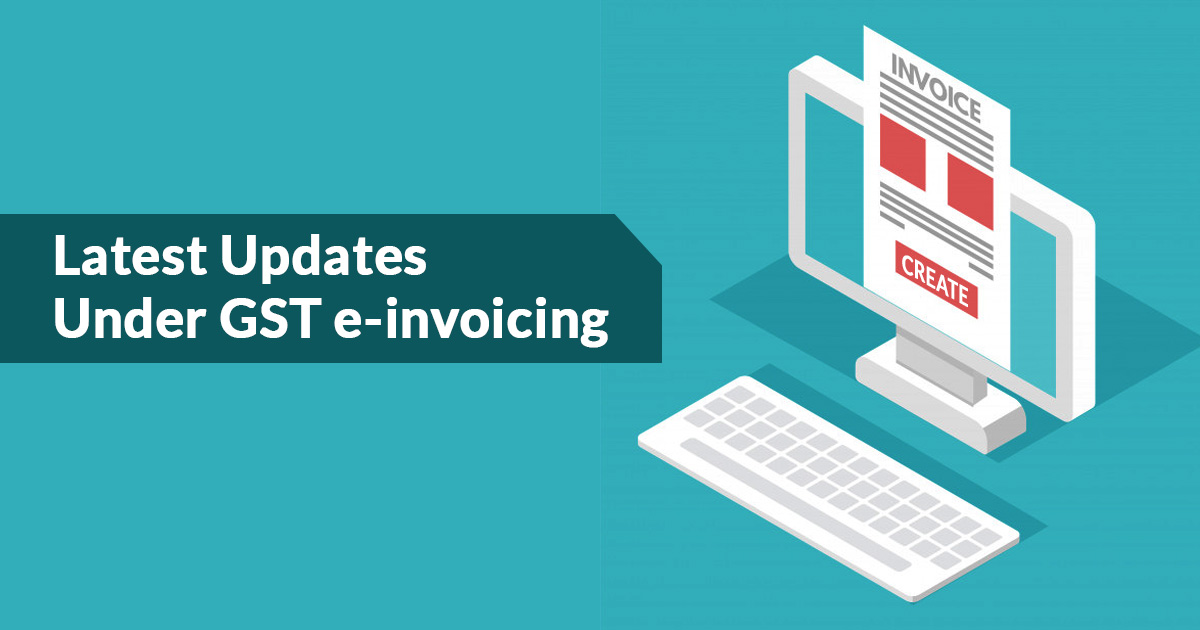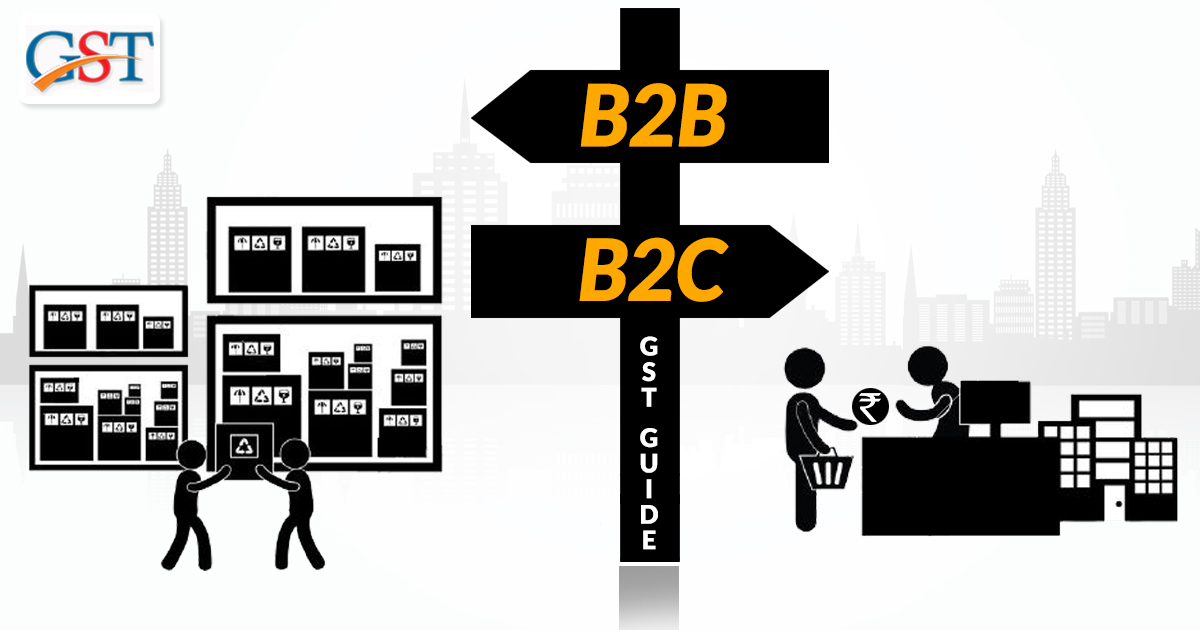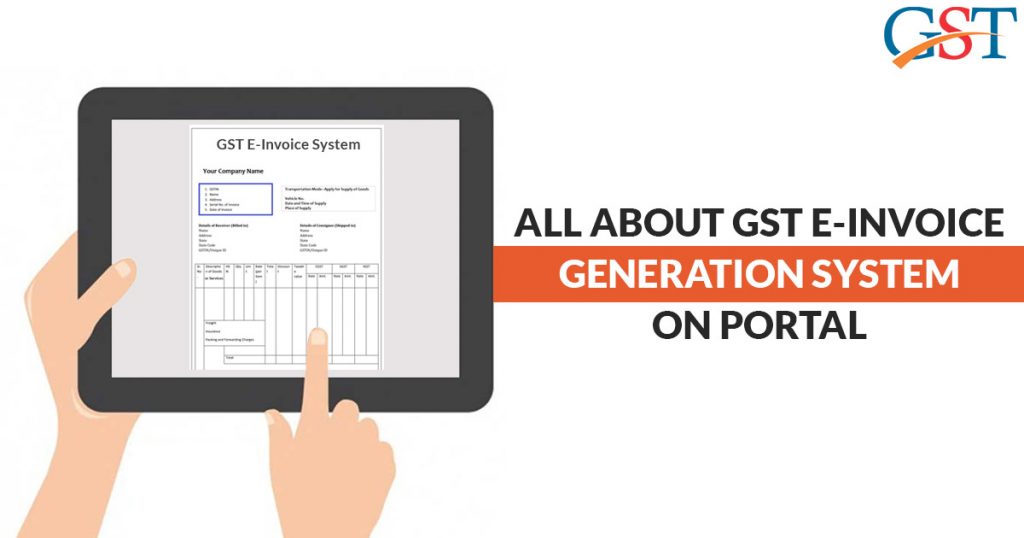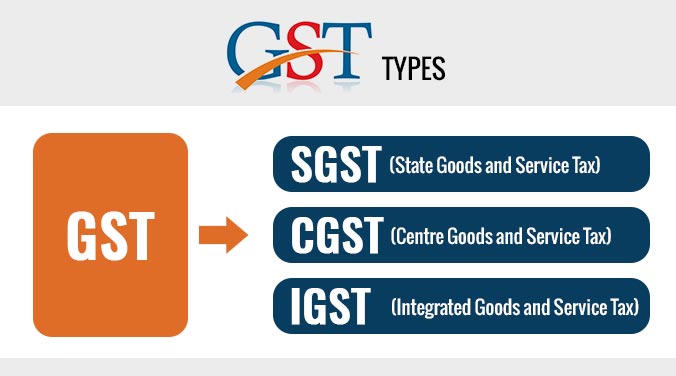The central board of indirect taxes and customs (CBIC) on Tuesday signifies that GST e-invoicing is important for several businesses particularly for those whose turnover is more than Rs 100 cr from January 1, 2021. Prior to it, the set limit was the turnover of Rs 500 cr.

“In exercise of the powers conferred by sub-rule (4) of rule 48 of the Central Goods and Services Tax Rules, 2017
Get the brief introduction of SGST, IGST and CGST. We have mentioned their full forms, meanings and adjustments of input tax credit under GST in India, the Government, on the recommendations of the Council, hereby makes the following further amendments in the notification of the Government of India in the Ministry of Finance (Department of Revenue), No. 13/2020 – Central Tax, dated the 21st March, 2020, published in the Gazette of India, Extraordinary, Part II, Section 3, Sub-section (i) vide number G.S.R. 196(E), dated 21st March, 2020 namely:-
In the said notification, in the first paragraph, with effect from the 1st day of January 2021, for the words ‘five hundred crore rupees’, the words ‘one hundred crore rupees’ shall be substituted,”
The alterations will affect the medium companies inside the circle of e-invoicing. It is anticipated that from 1st April 2021 for the assessee for B2B transactions 
“Inclusion of dealers with turnover between INR 100-500 Cr, within the E-invoicing gamut, is another step towards formalization of the economy. There could be some initial hiccups in implementation, albeit, in the long run, the same is likely to result in more transparency, better tax administration, and automation of tax compliance and filings,” replied Harpreet Singh, Partner, Indírect taxes, KPMG India.
The businesses whose turnover is more than Rs 500 cr are necessary to have the GST electronic invoicing system 
